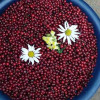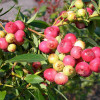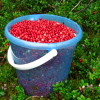Garden lingonberry: planting and care rules
Content
Beneficial features
Today, the cultivation of lingonberries in their summer cottages is done in order to derive some benefit from this plant. It is very useful for human health due to the beneficial substances in its composition.
Lingonberries contain arbutin. This component is now very often added to various drugs. Arbutin has a positive effect on the human genitourinary system, helping to eliminate the inflammatory processes of the upper layers of the epithelium and mucous membrane.
The berries contain a large amount of B vitamins (B1, B3, B9 and B12). They help to improve the functioning of most vital systems of the human body, and also have a beneficial effect on the central nervous system. Therefore, it is useful to eat lingonberries with stress, neuroses. There is also vitamin C, but its amount is relatively small. It helps to strengthen immunity, muscle and bone density. Vitamin A improves vision.
Berries contain many different trace elements: iron, phosphorus, manganese, potassium, sodium and calcium. They support the functionality of all human organs. Ellagic acid, which is found in lingonberries, also has beneficial properties. Helps the heart. Natural acid serves as an antioxidant and antiseptic. Therefore, this product can be used to relieve inflammation and remove harmful substances from the body.
A small amount of benzoic acid is a strong antiseptic, and chitinic acid helps to bring down fever.
Lingonberries also contain tannins, which are not found in all food products. They reduce secretion in the gastrointestinal tract, strengthen the walls of the digestive system and eliminate inflammation.
Flavonoids improve the body's metabolism.
But also do not forget that, in addition to berries, lingonberry leaves can also be used. On their basis, various folk remedies are being prepared, which have a directional effect on certain ailments. Lingonberry leaves, when properly cooked, can quickly reduce fever in humans, help cleanse the liver from toxins to the lungs from harmful particles (for example, from allergens). Lingonberry leaf juice fights well with tissue hyperemia, removes worms from the body, strengthens blood vessels.
The foliage of this berry can significantly increase the effect of antibiotic drugs. Previously, a folk remedy was prepared from them, which was given to children for fever.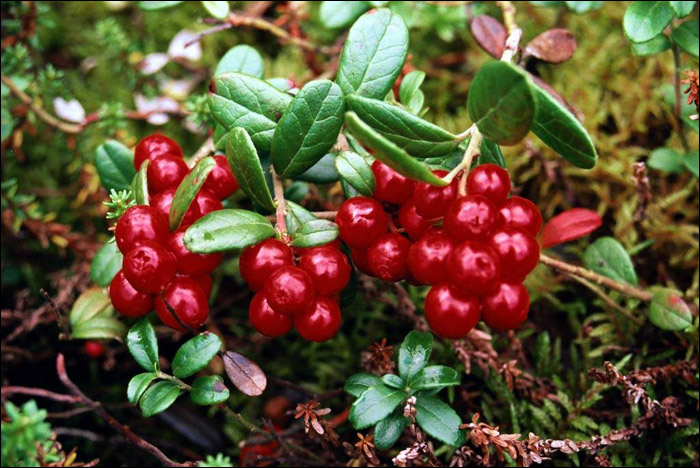
Medicines at home are prepared in the form of decoctions and even ointments.
Given the wide range of opportunities and positive properties that lingonberries can provide, they are increasingly now grown in their own private sector or dacha.
Video "Features"
From the video you will learn about the features and useful properties of the lingonberry berry.
Popular varieties
The largest volumes of lingonberry are grown in America and Europe today. Of course, there are varieties that are better suited to the respective climate. Now there are about 20 different varieties of berries, but not all of them are popular.Some of them are quite capricious and whimsical to certain weather conditions or climate, some are vulnerable to diseases and insects. Therefore, for large-scale cultivation, planting crops are carried out in separate species, which have already been tested for years.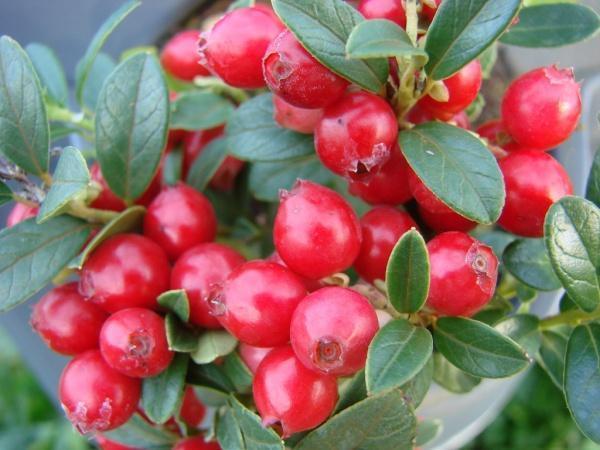
From a medical point of view, all varieties are equally beneficial to human health, which cannot be said about other characteristics of lingonberry. They differ in color, yield, taste, etc.
Here are some of the more popular varieties:
- Coral. Coral was developed in Holland. Its bushes grow up to 30 centimeters in height. The berries are very large, after ripening they turn dark red. The taste is sweet and sour. Coral needs proper care, but the result should please you - a large harvest of juicy berries.
- Kostromichka. This variety was bred by domestic breeders. This lingonberry is one of the largest berries of its kind, and the weight of one piece can reach 75-80 grams (that's a lot). This variety has an excellent yield, from one bush you can collect about one and a half kilograms of fruits.

- Sanna. Another popular variety from Sweden. The yield is average, but the seedlings are resistant to diseases and relatively unpretentious.
Preparing for landing
Planting lingonberries is not a difficult task. The main thing is to carry out all the preparatory measures before landing. To begin with, you should carefully examine the planting material. It is advisable to buy seeds in specialized stores. You can take lingonberry seedlings right away, but do not buy them on the spontaneous market, where you can be deceived by slipping diseased plants.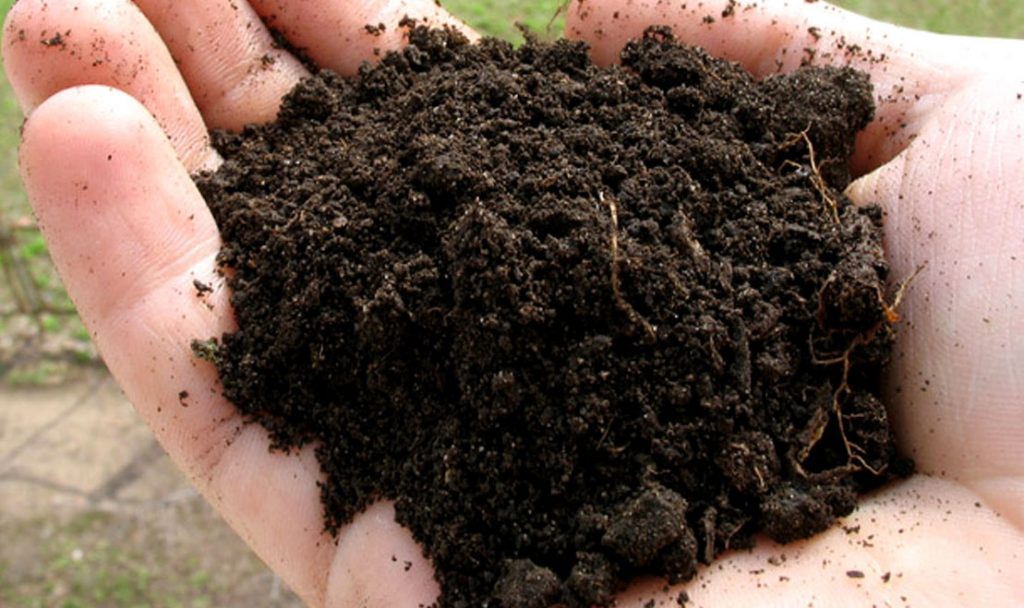
The most suitable soil for growing lingonberries is a peat and soft layer. It is better to give preference to acidic soil, where there are minerals and 15% organic matter. In order for the lingonberry bushes to give you a large harvest, they should be planted in an open area, where the sun's rays freely fall during the day. The ground should not be too wet.
It will be more troublesome if you plant a plant in clay soil or black soil. If you have just such a soil in your country house, then you will need to remove the top layer before proceeding with planting.
You can fill the site with a mixture of river sand, sawdust and peat. Everything is taken in equal proportions, mixed thoroughly, and the beds on the site wake up.
Lingonberry bushes are planted in rows. Before placing them in the ground, it is advisable to soak the roots in a solution of potassium permanganate. This will eliminate most of the pests and pathogenic fungi, the spores of which could get on the seedlings.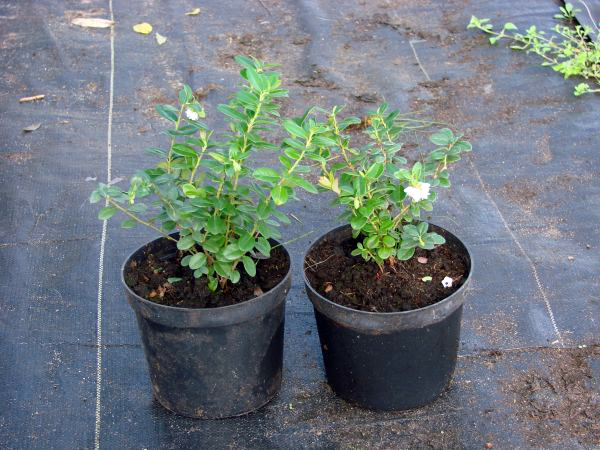
The distance between the bushes should be about 20-25 centimeters. This is necessary for more convenient care, and will also give more space for the lingonberry to grow. A distance of 50 centimeters must be observed between the rows.
1 or 2-year-old plants should be taken as seedlings. You can cook seedlings in a greenhouse. The seedlings are buried 7 cm in the ground, then the soil is compacted, watered and mulched.
Care rules
Having planted lingonberries in the country, you should ensure proper care of the seedlings in order to get a good harvest at the end of the season. Of course, you can leave everything to chance - the bushes will grow like that, but you can not count on a large number of berries in such a situation.
There is no need to use any special measures or procedures for the care. It is enough to follow the usual measures, as for most cultivated plants.
It is necessary to ensure sufficient watering of the land, but not overdo it. Excessive moisture can lead to rotting. Lingonberries do not need much water, they love the sun.
Therefore, if there are tall trees near the beds that create a lot of shade, then they should be pruned if possible. You should also transplant other bushes further away that can inhibit small lingonberry bushes.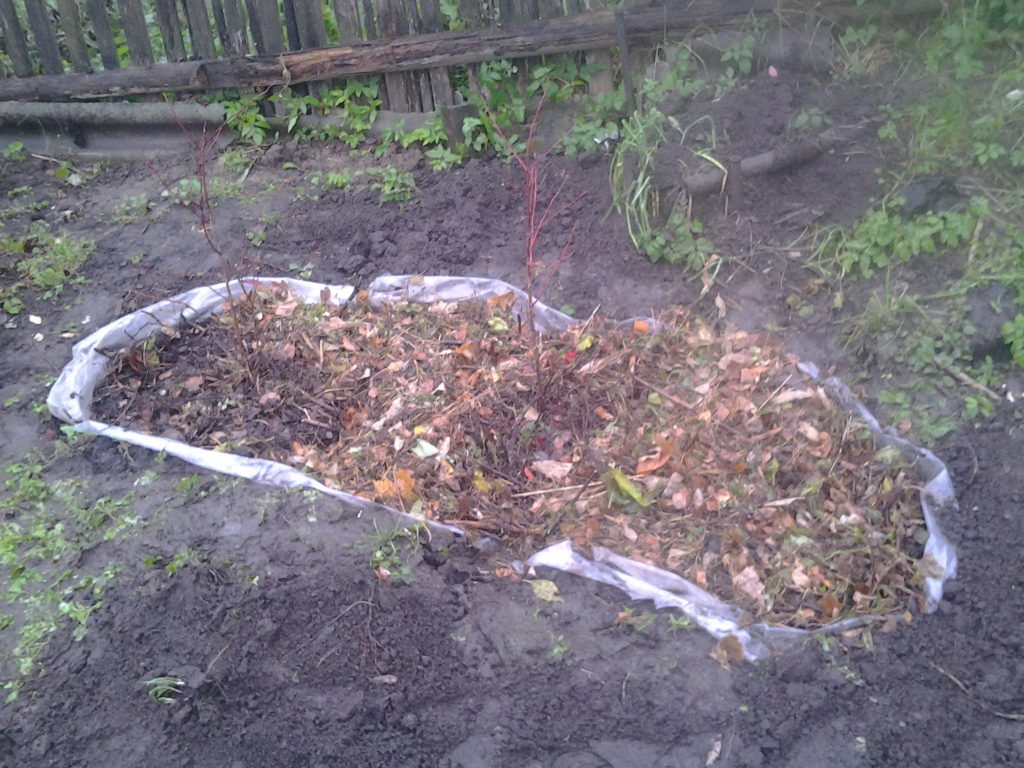
When the earth is compacted, it should be loosened - only the top layer, so as not to undermine the rhizome. Lay mulch on top.
Lingonberries are more vulnerable to disease than insects. When signs of disease appear on the leaves, they must be pinched off immediately, cutting off with a pruner or a knife. Affected leaves and shoots will need to be burned away from your site.
Top dressing
To improve the taste and increase the volume of the crop, top dressing can be applied to the soil. For fertilization, organic humus, manure of herbivores, wood ash, eggshells are suitable.
It is recommended to use sawdust, needles, straw, bark or shavings as mulch. In the first two weeks, the plant needs to be watered regularly, then watered as needed. Top dressing starts from the second year after planting.
Reproduction
Lingonberry propagation can be done by seeds or cuttings obtained by separating part of the ground shoots with roots from the mother plant. Harvesting of seedlings can be done from spring to autumn.
Garden lingonberry, which is quite easy to care for, negatively tolerates both stagnant water in the area and drought, therefore, you should be careful when watering the plant. Drip irrigation or small-drop sprinkling is optimal, which is recommended twice a week. You need to use no more than 10 liters of water per square meter.
For optimal moisture retention, the soil needs to be periodically loosened and mulched. It is imperative to get rid of weeds; therefore, to prevent clogging of the site, it is initially required to provide the plant with mulch or modern covering materials. Coniferous wood chips are also effective from an aesthetic and environmental point of view.
Video "Growing"
From the video you will learn how to properly grow lingonberries.

